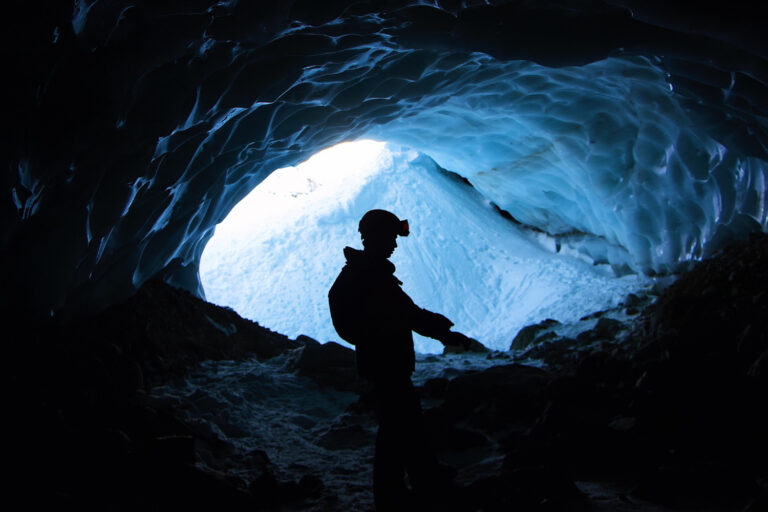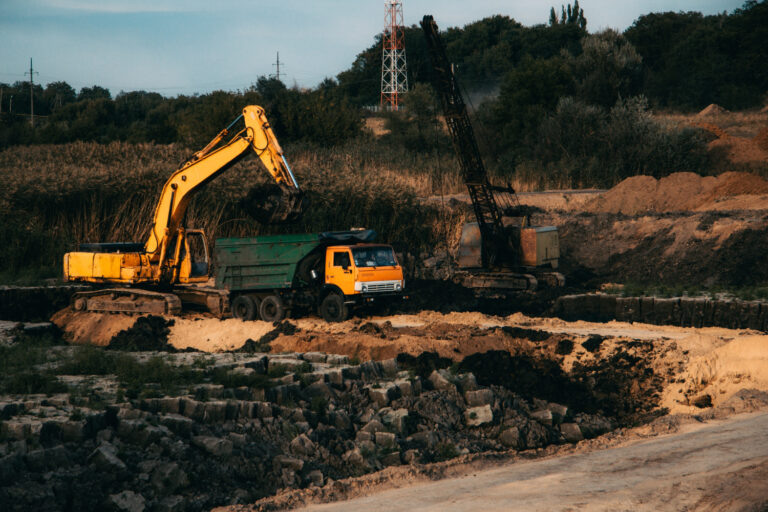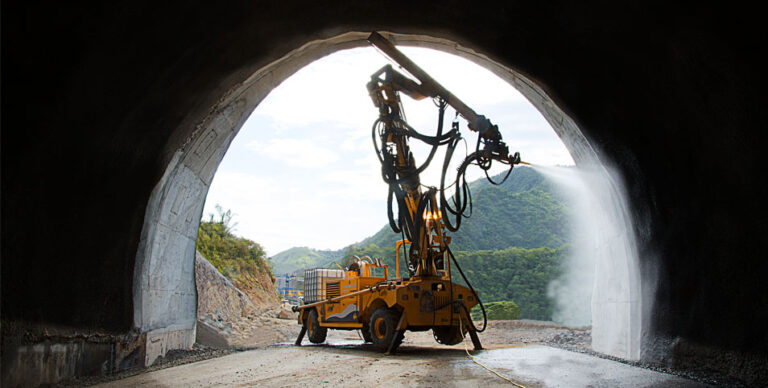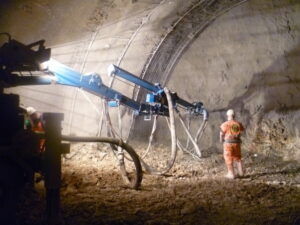Shotcrete, also known as sprayed concrete, is a versatile construction material that has gained significant popularity in the field of tunnel safety. Shotcrete is a specialized concrete mixture that is pneumatically projected at high velocity onto a surface, allowing for a rapid and efficient application process. This unique technique has revolutionized the way tunnels are constructed and reinforced, providing enhanced structural integrity and improved safety for both workers and commuters.
Importance of Tunnel Safety
Tunnels are essential infrastructure that facilitate the movement of people, goods, and resources across challenging terrain. However, the inherent risks associated with tunnel construction and maintenance cannot be overlooked. Ensuring the safety of tunnel systems is of paramount importance, as any structural failures or instabilities can have catastrophic consequences, including the loss of life, property damage, and disruption to critical transportation networks.
Understanding Shotcrete Concrete Application
Shotcrete concrete is applied using a specialized process that involves spraying a mixture of cement, sand, aggregates, and water onto a prepared surface. This technique allows for the rapid application of a durable and uniform layer of concrete, making it an ideal solution for reinforcing and stabilizing tunnel structures. The shortcrete application process involves carefully controlling the mix design, nozzle pressure, and application techniques to ensure optimal performance and long-term durability.
Advantages of Using Shotcrete in Tunnel Construction
The use of shotcrete in tunnel construction offers numerous advantages over traditional concrete placement methods. Firstly, the rapid application process allows for faster construction timelines, reducing the overall project duration and minimizing disruptions to ongoing operations. Secondly, shotcrete can be applied to irregularly shaped surfaces, enabling effective reinforcement of complex tunnel geometries. Additionally, shotcrete provides superior bond strength, improved resistance to weathering and chemical attack, and enhanced structural integrity, all of which contribute to the long-term safety and reliability of tunnel systems.
Shotcrete Mix Design for Enhanced Tunnel Safety
Achieving the desired performance characteristics of shotcrete for tunnel safety is heavily dependent on the mix design. Factors such as the type and proportion of cement, aggregates, admixtures, and water content must be carefully considered to ensure the shotcrete mixture has the necessary strength, durability, and workability. Specialized admixtures, such as accelerators and fibers, can further enhance the shotcrete’s properties, improving its resistance to cracking, spalling, and weathering.
Preparing the Tunnel Surface for Shotcrete Application
Proper surface preparation is crucial for the successful application of shotcrete in tunnel construction. This process typically involves cleaning the tunnel surface, removing any loose or unstable materials, and applying a bonding agent to ensure a strong adhesion between the shotcrete and the underlying substrate. Additionally, the installation of reinforcing mesh or fibers may be necessary to provide additional structural support and crack control.
Shotcrete Application Techniques for Tunnels
The application of shotcrete in tunnels requires specialized equipment and techniques to ensure a uniform and consistent layer of material is applied. This process typically involves the use of a shotcrete nozzle, which is used to project the concrete mixture at high velocity onto the tunnel surface. The nozzle operator must carefully control the distance, angle, and speed of the application to achieve the desired thickness and coverage.
Quality Control and Inspection for Shotcrete in Tunnel Construction
Ensuring the quality and integrity of shotcrete in tunnel construction is crucial for maintaining safety and structural stability. This process involves a comprehensive quality control and inspection program that includes regular testing of the shotcrete mixture, monitoring the application process, and conducting post-application inspections. Techniques such as core sampling, rebound testing, and visual inspections are used to evaluate the shotcrete’s strength, density, and overall performance.
Case Studies of Successful Shotcrete Applications in Tunnel Safety
The effectiveness of shotcrete in enhancing tunnel safety has been demonstrated in numerous case studies around the world. One such example is the Gotthard Base Tunnel in Switzerland, the world’s longest and deepest railway tunnel, where shotcrete was extensively used to reinforce the tunnel structure and improve safety for both workers and passengers. Another case study is the Alaskan Way Viaduct Replacement Project in Seattle, where shotcrete was employed to strengthen and stabilize the tunnel walls, ensuring the long-term safety of the infrastructure.
Conclusion and Future Prospects of Shotcrete in Enhancing Tunnel Safety
The use of shotcrete concrete in tunnel construction has proven to be a highly effective solution for enhancing safety and structural integrity. By leveraging the rapid application process, superior bonding characteristics, and enhanced durability, shotcrete has become an indispensable tool in the quest for safer and more resilient tunnel systems. As the demand for efficient and reliable transportation infrastructure continues to grow, the future prospects of shotcrete in tunnel safety are promising, with ongoing research and technological advancements further expanding its applications and capabilities.














